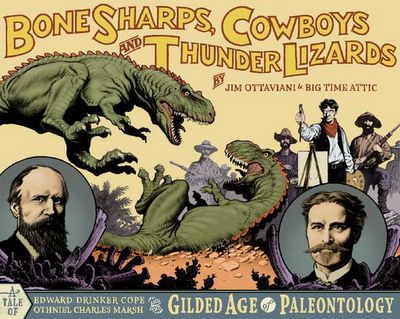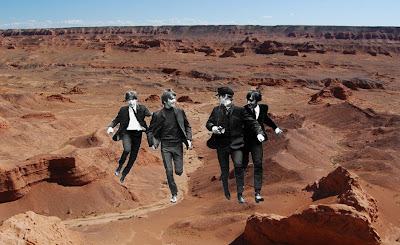A revised taxonomy of the iguanodont dinosaur genera and species. 2007. Gregory S. Paul. Cretaceous Research 29: 192-216
Abstract: Criteria for designating dinosaur genera are inconsistent; some very similar species are highly split at the generic level, other anatomically disparate species are united at the same rank.
Since the mid-1800s the classic genus Iguanodon has become a taxonomic grab-bag containing species spanning most of the Early Cretaceous of the northern hemisphere. Recently the genus was radically redesignated when the type was shifted from nondiagnostic English Valanginian teeth to a complete skull and skeleton of the heavily built, semi-quadrupedal
I. bernissartensis from much younger Belgian sediments, even though the latter is very different in form from the gracile skeletal remains described by Mantell.

Currently, iguanodont remains from Europe are usually assigned to either robust
I. bernissartensis or gracile
I. atherfieldensis, regardless of location or stage. A stratigraphic analysis is combined with a character census that shows the European iguanodonts are markedly more morphologically divergent than other dinosaur genera, and some appear phylogenetically more derived than others.
Two new genera and a new species have been or are named for the gracile iguanodonts of the Wealden Supergroup:1. The strongly bipedal
Mantellisaurus atherfieldensis Paul (2006. Turning the old into the new: a separate genus for the gracile iguanodont from the Wealden of England. In: Carpenter, K. (Ed.), Horns and Beaks: Ceratopsian and Ornithopod Dinosaurs. Indiana University Press, Bloomington, pp. 69–77) (holotype BMNH R5764) which possesses a camptosaur-like ilial shape,
2. The long snouted, long bodied, small hipped, semi-bipedal
Dollodon bampingi gen. nov. sp. nov. (holotype IRSNB 1551) which has a shallow ilium.
Insufficiently diagnostic
I. hoggii is removed from the earlier
Camptosaurus. Poorly described
I. dawsoni,
I. fittoni and
I. hollingtoniensis are removed from the much later and more derived
Iguanodon and considered Ornithopoda
incertae sedis pending redescription. The synonymy of
I. fittoni and
I. hollingtoniensis has not been confirmed.
A set of remains of similar age to
I. fittoni and
I. hollingtoniensis appear to combine a specialized, elongate dentary with massive arms: it either belongs to one of the contemporary taxa, or is a new, unnamed taxon.
There has recently been a tendency to consider iguanodonts spatially remote from
I. bernissartensis to be members of or very similar to the type species, but reanalysis finds that
I. orientalis is not a junior synonym of
I. bernissartensis and is a
nomen dubium, and that basal
I. lakotaensis is not a member of
Iguanodon and accordingly is assigned the new genus
Dakotadon gen. nov.
(holotype SDSM 8656).
Dakotadon is probably basal to
Iguanodon and not an iguanodontoid. The higher taxonomy of iguanodontoids is confused due to phylogenetic problems, and inconsistent definitions of the Iguanodontidae (which as currently defined appears to be limited to
Iguanodon) and Hadrosauroidea.
Mantellisaurus and especially
Dollodon, for instance, are probably more derived than
Iguanodon: they may be hadrosauroids depending on which phylogenetic definition of the term is preferred.















































